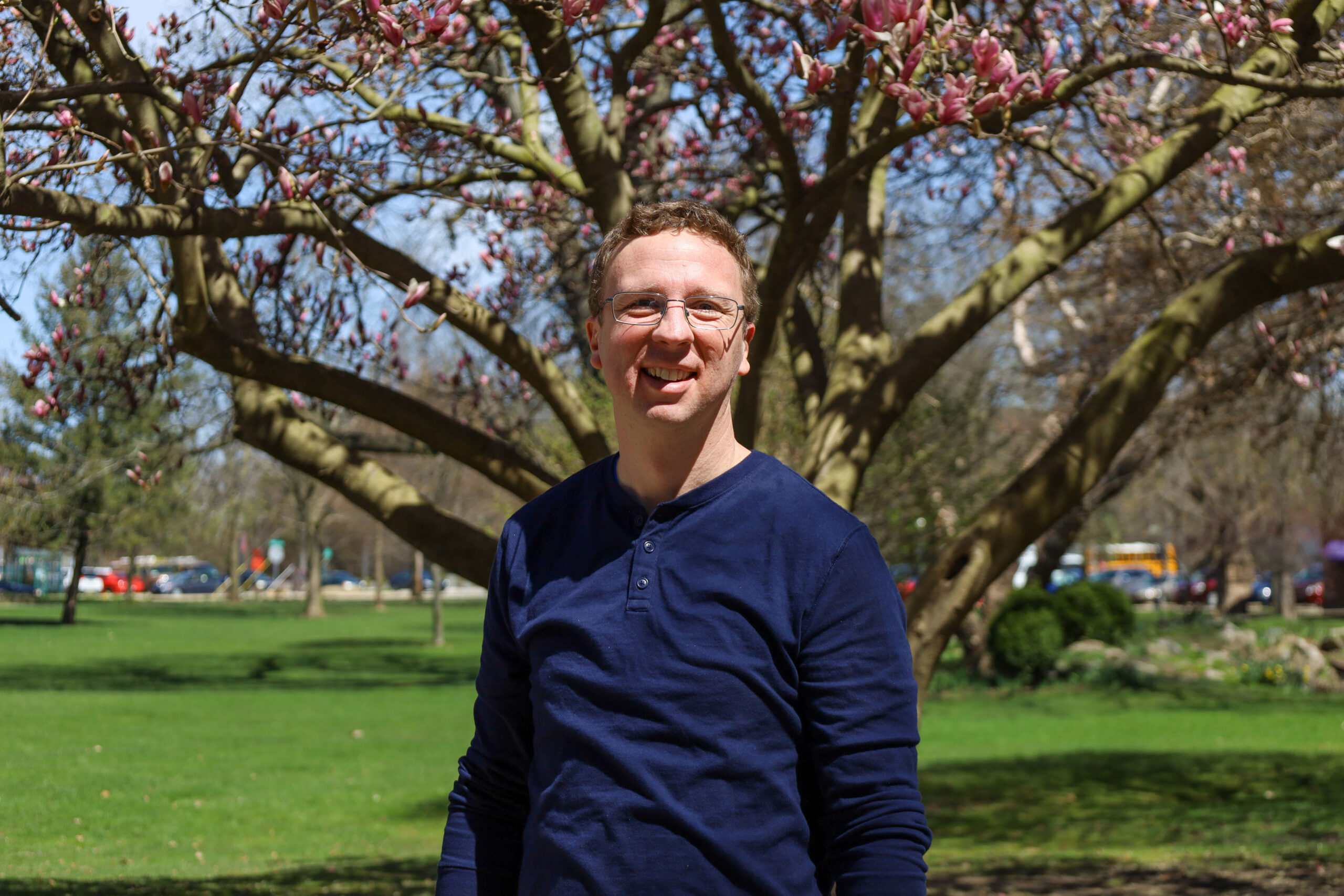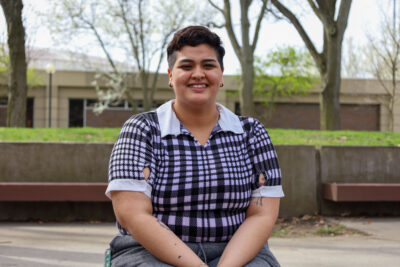When my family “moved in” to our fourth home in Clifton, Ill., what we really did was pitch three tents in the backyard, ship our belongings into storage, and trek across town with a red wagon full of perishables to the makeshift kitchen my mother had prepared in the garage, complete with an army of ants. Anyone who entered the local grocery store a block away could see our unusual campground crammed into our tiny backyard.
No second cousins once removed or Great Aunt Katie stopped by to question the derogation of family honor, however, because unlike many Mennonites I’ve met at GC, our extended family was not close-knit. Instead, several neighbors and the regular dog walker were the ones who inquired about our curious living circumstances as we remolded the single bedroom to accommodate 4 people.While we grew accustomed domestic nomadism, we tried to figure out who would put windows in such odd places: by the toilet, halfway hidden behind the old refrigerator, and two windows in a 7×7 room. My mother was the first to realize order in this chaos: “they’re all parallel, like in the old school houses”. Dad too was beginning to realize that the structure was more hefty than he thought, while fashioning a header for the support beam he accidentally cut into for a door way. That same week a woman from the village board knocked on our back door to ask a few questions about the current occupants of the old school house for the bi-centennial history book.
Apparently, this schoolhouse resided on the other side of town in 1850, in my church parking lot four blocks and a railroad crossing away to be precise. It was built by the “upper class,” meaning the English on the west side of the tracks, the side safe from train ash billows when this was a boom town. But the Germans and the Irish in the east decided that education was important for their kids, too. With that idea in mind, a group of men got together one night, pried the school off the ground, rolled logs underneath it, and relocated it.
I laughed so hard, “Dad! That is exactly what you would do!” Needless to say, the English were not pleased with the abduction of their education system, and spoke with the men who were involved. In conclusion, another school was built on the west while this one stayed right at home on east 4th avenue.
As we continued to renovate the building, we saw the remnants of roof repairs from the 1906 tornado that had moved the structure six feet from its base; found the pig bones from the swine kept under the porch by the school mistress; and peeled back layers of wallpaper back to art deco shapes.
The house was home to an eyeless World War I veteran, a widower, and the grandmother of the family who inhabited three out of the six houses on our block before admitting my family into its history.
On this campus flourishing with Mennonite ancestry and “the Mennonite game,” I often feel like my heritage is lacking, forgetting the rich history my lifetime and small town has brought me: the closeness of a shared history by induction. I may not know how my great-grandmother met my great-grandfather, or what Martyr they revered, but I can tell you when the churches back home changed denominations, where the old popcorn machine we use for football games came from, when the high school was constructed and why, along with many other facets of a tiny town that create the dog walking and front porch sitting community that I come from. Heritage isn’t always family, but it is always familiar and it is always part of home.


